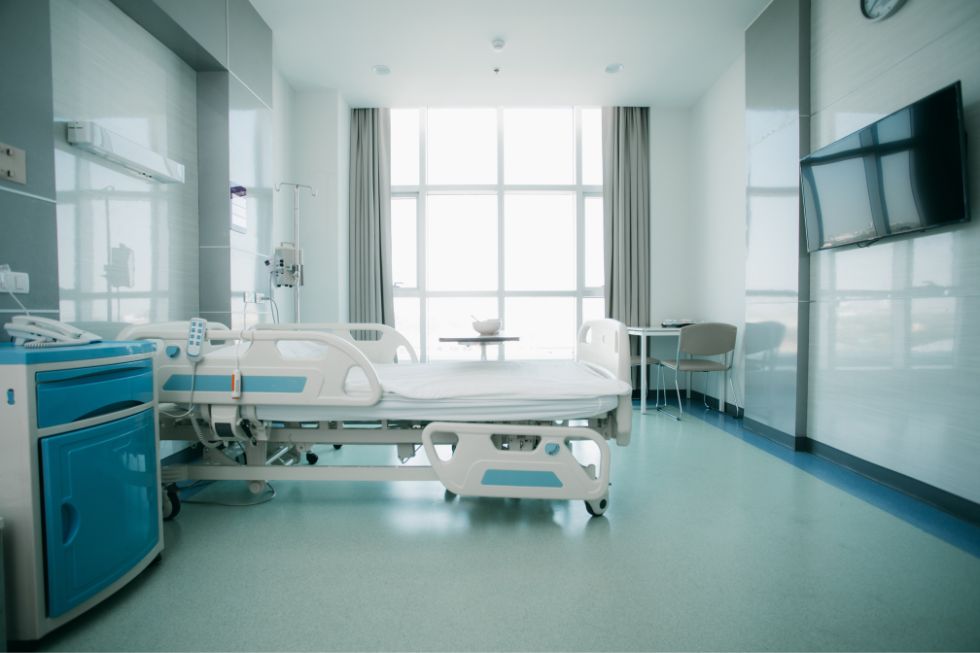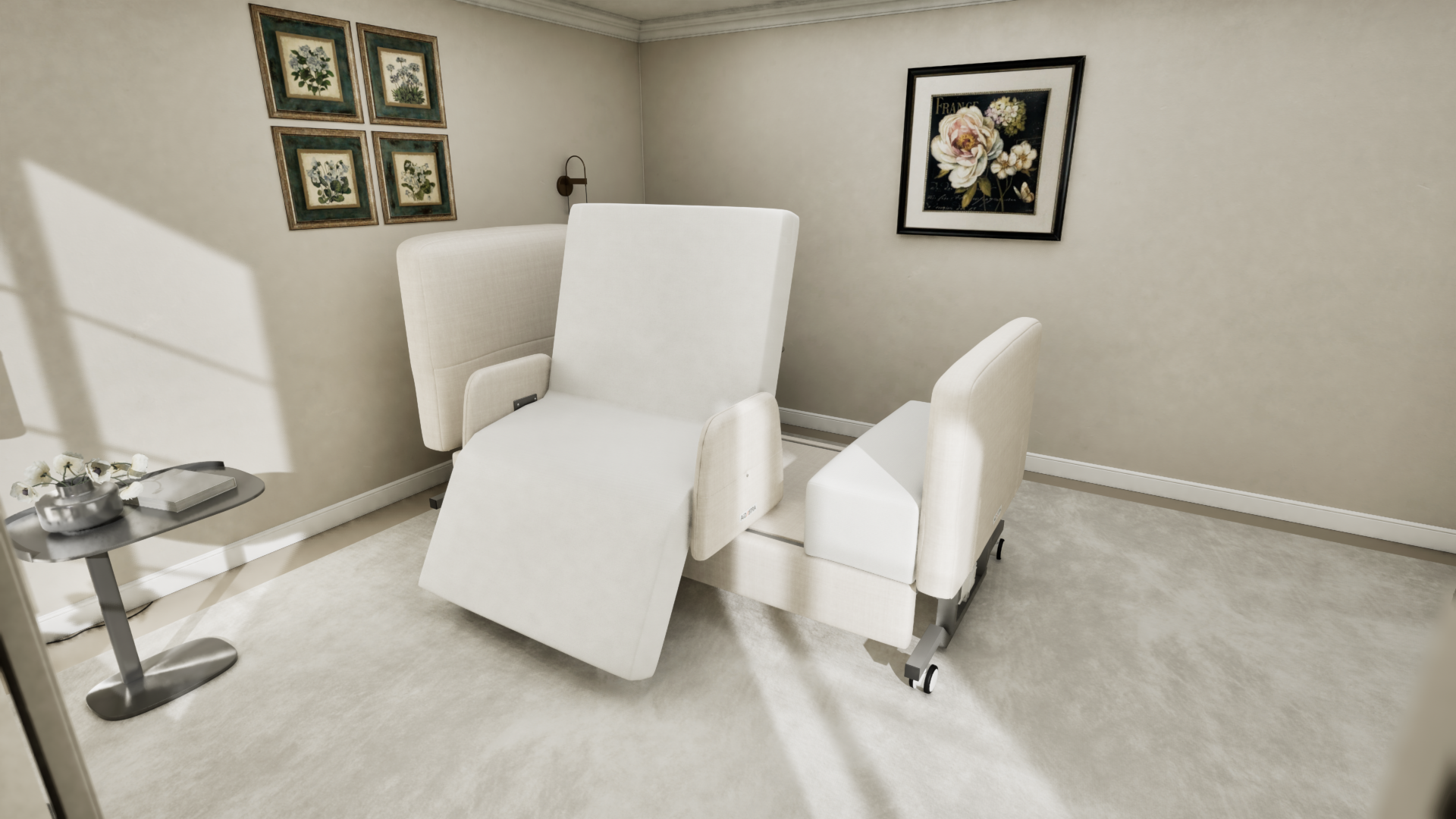How Hospital Beds For Home Use can Save You Time, Stress, and Money.
How Hospital Beds For Home Use can Save You Time, Stress, and Money.
Blog Article
The smart Trick of Hospital Beds For Home Use That Nobody is Discussing
Table of ContentsHospital Beds For Home Use for BeginnersAll about Hospital Beds For Home UseThe 5-Second Trick For Hospital Beds For Home UseAn Unbiased View of Hospital Beds For Home UseLittle Known Questions About Hospital Beds For Home Use.3 Easy Facts About Hospital Beds For Home Use ShownWhat Does Hospital Beds For Home Use Do?
Next, we will certainly discover the features, makes use of, and Pros and Cons of each type of medical facility bed in deepness. A hands-on hospital bed is the a lot of fundamental kind of health center bed, and all change features are attained through a hand-cranked device.These hand-cranked tools are normally installed at the foot or side of the bed, and the caregiver or patient can change the elevation or tilt angle of the bed by drinking the handle. Because no electrical components are required, are generally less expensive than electrical hospital beds, ideal for clinical institutions or family members with restricted spending plans.
The Best Strategy To Use For Hospital Beds For Home Use
For patients that need to adjust their pose or elevation regularly, hand-operated beds may not be convenient enough since each change requires hand-operated procedure. If the bed requires to be changed often, nursing personnel might need to spend even more physical stamina to operate the hand-cranked device - hospital beds for home use. Manual beds are normally appropriate for individuals in the healing period or events with low nursing needs
Generally, the change of the back and legs is managed by electrical motors, while the overall elevation modification still needs to be done by hand. The purpose of this layout is to lower expenses and energy consumption while keeping high functional ease. Compared to manual medical facility beds, semi-electric health center beds are easier in changing the back and legs, particularly for people who need to readjust their pose frequently.
Considering that only some functions rely upon electrical energy, semi-electric health center beds take in less power during use. Since the total height still requires to be changed manually, it might not be as convenient as fully electrical healthcare facility beds for clients that require to change the bed elevation frequently. Compared with hands-on medical facility beds, semi-electric medical facility beds are a little more complicated to operate, needing users to grasp the combination of electrical and manual procedures.
Electric medical facility beds have high change precision and can be exactly adapted to a certain angle and elevation according to the needs of individuals to give the most comfortable assistance. All-electric medical facility beds are generally equipped with a range of added functions, such as built-in scales, mattress pressure modification, and so on, to fulfill the unique needs of different individuals.
The Best Guide To Hospital Beds For Home Use
A low bed is a specifically created hospital bed that can be readjusted to a really low level, normally just a few inches from the ground. The purpose of this style is to reduce the threat of people dropping from the bed, particularly for individuals who go to risk of dropping, such as the senior or clients with restricted wheelchair.

Getting The Hospital Beds For Home Use To Work
supply a care setting suitable for children's height and physique, enhancing the comfort and safety and security of kids. Some pediatric beds are additionally equipped with vibrantly tinted bed rails or cartoon designs to reduce the concern of youngsters in the health center atmosphere. For youngsters who need to remain in bed for a very long time, pediatric beds are generally furnished with anti-bedsore cushions, flexible bed rails and various other features to give detailed treatment assistance.
The distribution bed is also outfitted with postpartum recuperation features, such as bed mattress adjustment, bed home heating, etc, to aid moms recoup much faster. The intensive care bed (ICU Bed) is developed for the intensive care device dig this (ICU) and has detailed surveillance and nursing features. This kind of bed is usually geared up with interfaces for a range of surveillance tools, which can monitor the client's crucial check in genuine time, such as heart rate, blood stress, respiration, and so on.
Everything about Hospital Beds For Home Use
The intensive care bed has a totally electric adjustment feature, which can rapidly readjust the angle and setting of the bed to fulfill the needs of various treatments and treatment. The style of ICU bed considers the requirement of rescue operation. The bed can be rapidly adjusted to one of the most suitable rescue position and accept the usage of rescue devices.
It can effectively separate individuals from the outside globe and decrease the threat of infection transmission. Isolation beds are generally furnished with unique bed curtains or sealing covers and attached to air purification systems to maintain the air around the bed clean. Seclusion beds are specially developed to avoid the spread of microorganisms from infectious individuals and safeguard the safety and security of other individuals and clinical staff.
Isolation beds are furnished with air filtration systems that can filter microorganisms and particulate issue in the air to maintain the air around the bed tidy. Can also be changed to various placements.
Hospital Beds For Home Use Can Be Fun For Everyone
Wider and sturdier than a conventional bed. Overweight, excessive weight, individual sizeDesigned for patients in jeopardy of dropping out of bed. Lower to the ground than a conventional bed. Client falls, bed heightDesigned for kids. Smaller in size than a basic bed. Pediatric medicines, child-sized equipmentUsed during childbirth. Equipped with features such as stirrups and a headrest.

In a healthcare setup, selecting the ideal bed can not just boost the effectiveness of treatment, but likewise dramatically boost individual convenience and safety. By comprehending the kinds and usages of these beds, health care centers and family caregivers can better support and look after their clients.
Unknown Facts About Hospital Beds For Home Use
HomeCare Health Center Beds, a division of DiaMedical United States, is dedicated to offering complete openness for its consumers. People can be bewildered by the various options in long-term treatment items, and HomeCare Hospital Beds is committed to improving this process, while ensuring clients get the information and assistance they require.
Medicare Component B (Medical Insurance policy) covers healthcare facility beds as long lasting clinical devices (DME) that your physician recommends for use in your house. After you meet the Component B insurance deductible you pay 20% of the Medicare-approved amount (if your distributor approves task). Medicare pays for various kinds of DME in various means.

Report this page